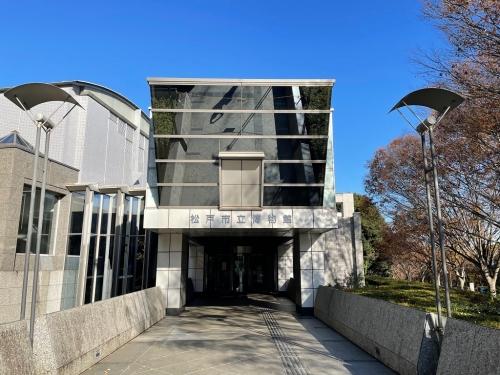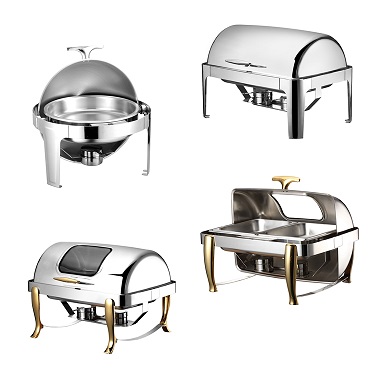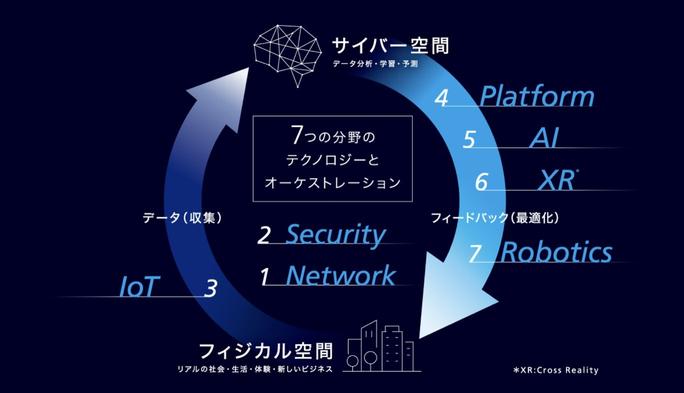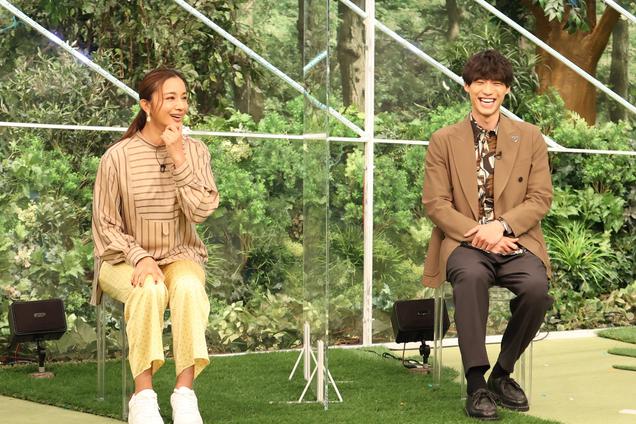Infiltrate the Matsudo City Museum, Chiba Prefecture!
Electric washing machines, electric refrigerators, and black -and -white TVs appeared in the 1950s that they were called "three kinds of sacred treasures".During the period of high economic growth, the environment surrounding houses was changing dramatically.The “housing complex” supports the postwar reconstruction, which is a symbol, is the “housing complex”.At the Matsudo City Museum in Matsudo City, Chiba Prefecture, an exhibition that faithfully reproduces living in a housing complex built in the 1950s is gaining popularity.I went there immediately.
Infiltrate the Tokiwadaira housing complex in the Matsudo City Museum!
The Matsudo Municipal Museum is located in the “21st Century Forest and Square” about a 15 -minute walk from Shin -Keisei Line Hachika Station or JR Musashino Line Shin -Hachi Pillar Station.The concept is the "impressive experience -type museum" that you can see, touch, and feel throughout the body.In the general exhibition, you can learn the steps of Matsudo City in chronological order.Beginning in the Paleolithic and Jomon period, where humankind was born, as the rural areas spread, Matsudo and Kogin were crowded as a post town on the Mito Kaido.And the Tokiwadaira housing complex, which triggered Matsudo City to reach a major turning point, has been reproduced.
At the last of the general exhibition, there is a corner that realistically reproduces the "Tokiwadaira Danchi", which started moving in in 1960 (Showa 35).The housing complex with a dining kitchen and flush toilets attracted attention as the "latest house" at the time, and was a longing house.Furniture from the early Showa era is placed, and the "housing complex life" of a salaried worker living in the city center is faithfully reproduced.
As of 1993, when the Matsudo City Museum opened, 30 years have passed since the birth of the Tokiwadaira housing complex.With the cooperation of the housing / urban maintenance public corporation (now UR Urban Organization) and the Tokiwa flat housing complex residents' association, we interviewed residents who have been moving in immediately after completion, and exhibited living in 1962.increase.The birth of more than 4,800 Tokiwa flat housing complexes in Matsudo City, which was almost all rural areas, was triggered by Matsudo City to a large -scale housing city in the metropolitan area.
When the Matsudo City Museum opened, it was a style to visit from outside the room, but since there were many requests to "enter the room", we visited from the room as it is now.It seems that it is now possible.
During the period of high economic growth around the 1960s, the “housing complex” was a longing for many people, and living with stainless steel sinks, bathrooms, and flush toilets was the most advanced times.The floor plan of the dwelling unit on display is 2DK, but the word "2DK", which is now completely common, seems to be the name that the public corporation has begun to use.The Matsudo City Museum is displayed in the two Japanese -style rooms and a dining kitchen in the Matsudo City Museum.
This 2DK space is accurately restored to a building in Tokiwadaira housing complex. It has been unified in the world view of the time, from electrical appliances, furniture, clothing, tableware, etc., and the package of the products at the time. It is an assumption that a couple in their 20s and a family with a 1 -year -old child live, but the person setting is quite detailed. "My husband, Kenjiro (29 years old), and his wife Yoko (27), who got married in April 1960 and moved into the Tokiwadaira housing complex, were born in April of the following year. Kenjiro was born. Born as the second son of a local city merchant, he went on to a university in Tokyo from a local high school, and is currently working for a home appliance manufacturer in Shinagawa, and his hobbies are a movie and music appreciation, especially a French movie and modern jazz. ... " A relatively high -income family who worked together until a child was formed, he actively used home appliances such as refrigerators and washing machines to rationalize housework. It seems to be the image of living while thinking about the latest Life in Europe and the United States, such as putting a sofa in a Japanese -style room.
For the writer born in the 1960s, I can only imagine living in the 1950s.Nevertheless, the real home was reproduced so that the family living in this room would come out from somewhere, and I was able to visit someone's house secretly.If you checked the details such as "This is nostalgic" or "this is still there" while falling into the feeling of slipping in the world of old Showa, it seems that time will pass quickly.

Matsudo Municipal Museum Opening hours: 9: 30-17: 00 (entry until 16:30) Closed days: Every Monday (the next day when it is on holidays and holidays), 4th Friday every month (exceptions), year -end and New Year holidays, fumigation periodPermanent exhibition viewing fee: General 310 yen, university/high school student 150 yen, elementary/junior high school student free transportation access: Shinkyo Seisei Line Hachika Station, JR Musashino Line Shin -Hachi Pillar Station About 15 minutes Homepage: https: // wwww.City.matsudo.chiba.jp/m_muse/
> See the word -of -mouth and ease of living at Shin -Pillar Station on "TOWNU"!(free)
The still active "Tokiwahira Danchi"
The Tokiwadaira Danchi, which was reproduced in the Matsudo City Museum, is still an active home after 60 years.So, don't you wonder where the Tokiwadaira housing complex is now living?I immediately looked it up.The vast site spread between Tokiwahira Station and Goka Station on the Shin -Keisei Line is a quiet living environment with a grass spread and surrounded by trees.There are 171 buildings with 4 to 5 stories and 4,822 units (as of December 2021) in a well -balanced manner.
The floor plan is basically 1DK, 2DK, and 3K.It is said that residents in 1960 were mainly salaried workers in their 20s and 30s who work in Tokyo, but residents living since then are aging.For this reason, it is actively performing watching over the elderly residents, mainly the residents' association, and the “Ikiiki Salon”.
Y -shaped building "Star House"
The Tokiwadaira housing complex is also known for its "Star House", which gained popularity in the early days when the housing complex was built.Star House is aggressive in the early housing complex because all dwelling units are excellent in lighting and ventilation, excellent appearance design, and it is easy to build a general plate -shaped residential building in slopes and irregular areas.It was adopted, but it was gradually built because of the construction cost of the Y -shaped complex shape.Currently, it is rebuilding with aging and is disappearing.There are only a number of Star House that can be moved in today, but in the Tokiwa flat housing complex, 10 buildings are still active.
Tokiwa Taira is a city like this
What kind of city is in the Tokiwadaira housing complex?The Tokiwa flat housing complex is located between Tokiwidaira Station and Goka Station on the Shin -Keisei Line.In front of Tokiwahira Station, there is a 24 -hour "Seiyu Tokiwahira store", and near Goka Station is "York Price Goka Store", and the "Business Super Tokiwadaira store" is nearby, and the shopping environment is in place.
There are many green spots, the Kiyaki -dori in front of Tokiwahira Station has beautiful fresh greenery and autumn leaves, and the cherry blossom tunnels create cherry blossom tunnels in the season in the season, and many cherry blossoms visit.The 21st Century Forest and Square, located at the Matsudo City Museum, which was introduced at the beginning, is within walking distance of Tokiwa flat housing complex.
> See the ease of living at Tokiwahira Station on "TOWNU"!(free)
> See the ease of living at Goka Station on "TOWNU"!(free)
summary
At the time of the Tokiwa flat housing complex, the housing complex was a longing house.From the time of the rent (5,500 yen for 2DK), it was more than 5.5 times, and it was necessary to have a relatively expensive income, and it was impossible to live without winning a lottery of the application magnification of 10 to 20 times.Why don't you take a walk in the surrounding streets along with the tour of the Matsudo City Museum while thinking about the life at that time?
Collaboration of coverage: Matsudo City Museum, UR Urban Organization
(最終更新日:2021.12.24)※本記事の掲載内容は執筆時点の情報に基づき作成されています。公開後に制度・内容が変更される場合がありますので、それぞれのホームページなどで最新情報の確認をお願いします。~こんな記事も読まれています~昭和の団地が令和に生まれ変わる! 「団地リノベ」の事例を紹介マンションの間取りは昔からどう変わった? 間取りの変遷とこれから|マンショントレンド分析横浜市金沢区の団地を購入してリフォーム。抑えた価格で住環境を考慮したKさん~関連リンク~住宅ローンの借り入れ可能額をシミュレーションする住宅ローンの借り換えでいくらお得になるかシミュレーションするARUHIの店舗に来店予約する






![lifehacker lifehacker LifeHacker LifeHacker A carabiner that is convenient for cutting packaging at the entrance. Excellent sharpness for medical blades! [Today's life hack tool] lifehacker lifehacker LifeHacker LifeHacker A carabiner that is convenient for cutting packaging at the entrance. Excellent sharpness for medical blades! [Today's life hack tool]](http://website-google-hk.oss-cn-hongkong.aliyuncs.com/drawing/223/2022-3-2/28016.jpeg)
![lifehacker lifehacker LifeHacker LifeHacker [2021] 7 Recommended Dishwashers | Introducing High Cospa & Compact Products lifehacker lifehacker LifeHacker LifeHacker [2021] 7 Recommended Dishwashers | Introducing High Cospa & Compact Products](http://website-google-hk.oss-cn-hongkong.aliyuncs.com/drawing/223/2022-3-2/30293.jpeg)
Will AI Concierge be realized in 2030? The future of KDDI's R & D (Part 1) | TIME & SPACE by KDDI
lifehacker lifehacker LifeHacker LifeHacker A carabiner that is convenient for cutting packaging at the entrance. Excellent sharpness for medical blades! [Today's life hack tool]
[2021] 11 latest recommendations for microwave ovens and ovens! Thorough explanation of how to choose
Recommended for studio rooms living alone, 5 "storage furniture" 5 selections and Yamazen are available in affordable furniture!